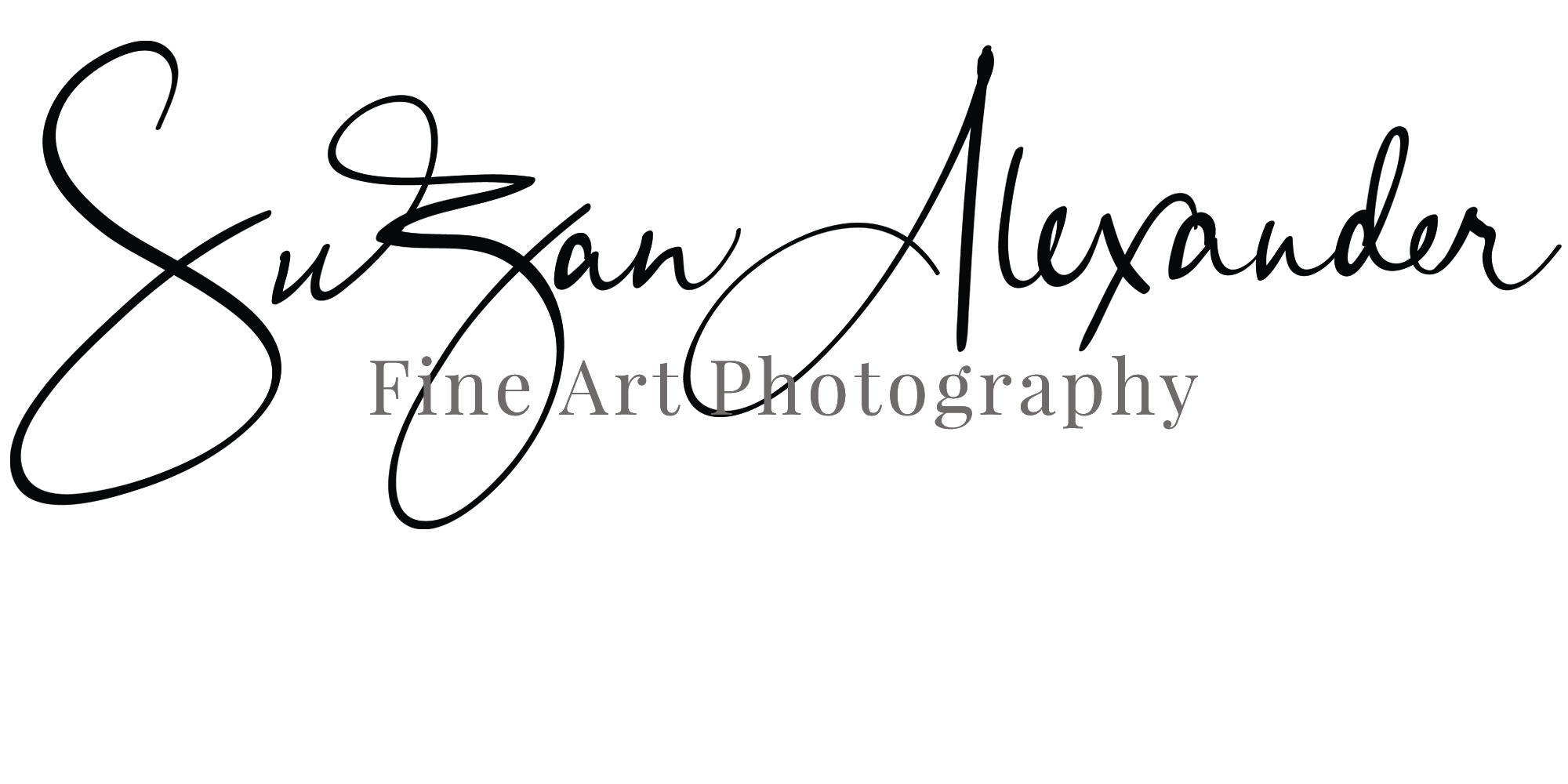POLAROID MADNESS - POLAROIDS OF MAY - PART 5
© 2020 SuZan Alexander. Polaroids of May - Granny’s Square Shooter. Digital Photography
In case you missed the previous posts, we are celebrating the Polaroid camera with the “Polaroids of May”.
As part of the Polaroid celebration, I posted a blog post each Wednesday (previous posts are “Featured” below), AND, I am also posting a 27-day “grid” over on Instagram that is inspired by this vintage camera.
But, for now, let’s talk about a few reasons why the Polaroid was so popular.
The Businessman
In addition to being a scientist, Edwin Land proved to be a businessman taking the company from a reported $1.48 million dollars in 1948, to $89 million in sales in 1959, to nearly half a billion dollars in 1969. Apparently, Land made decisions based on “what he felt was right as both a scientist and a humanist…” (Wikipedia) which served him well.
There is a business lesson in there my friends. The book I reference below is peppered with these lessons. Somehow, I think my second reading of the book was even more insightful than the first, because I was looking for these valuable lessons and taking notes this time around.
Who was Buying the Cameras?
As the numbers indicate, the Polaroid camera and instant film had mass appeal that stretched beyond the regular consumer.
Recognizing that women were generally the photographers recording family moments, they specifically addressed the female audience by creating a smaller camera. These cameras were less bulky and easier to carry. (Another business lesson - know your customer and solve their problem.)
So, who were Polaroid’s other customers you might ask? And what “problems” were the Polaroids addressing?
From my perspective, it is the artists who embraced the Polaroid that make my jaw drop.
Just a Few Artists Who Used the Polaroid
In 1949, Ansel Adams joined the Polaroid group as a consultant. By all accounts, Adams was not just an endorsement or figurehead. He actually tested the products and gave honest feedback, penning around 3,000 memos, and visiting the labs often. It is a position he held for the remainder of his professional life.
In addition to Adams, here are a few other names you might recognize: Andy Warhol, Walker Evans, David Hockney, Chuck Close, William Wegman (remember his Weimaraners photos?), Robert Frank, Robert Mapplethorpe… and the list goes on and on.
Land even built a large-format (20” x 24”) studio camera and allowed photographers free access in return for some of their prints. The collection amassed from this exchange, referred to as the “Polaroid Collection”, grew to well over 10,000 images.
There were less than a dozen of these hand-built, large-format cameras. According to Bonanos’s book, published in 2012, five of these cameras are still active, and one of those five is used almost on a daily basis.
After reading Bonanos’s book (the first time), I read a book about Richard Avedon (I wrote about the book HERE). Avedon’s process included taking a Polaroid before he exposed the plate of his large-format camera. That was a light-bulb, palm-to-forehead moment for me. I always glossed over this part when I heard, or read, about other photographers using a Polaroid in their work-flow. Suddenly, it made sense.
The Polaroid did the heavy lifting in getting location, lighting, composition, etc. nailed-down before exposing a plate on the big camera. In essence, it was the equivalent to our “pixel peeping” on the back of the digital cameras. Amazing!
One More Thing…
I hope you enjoyed this series of blog posts about the Polaroid. I also hope it piqued your curiosity, and maybe even encouraged you to read more about Edwin Land and the ubiquitous Polaroid. If so, let me know.
And, don’t forget to visit me on Instagram because the grid is still slowly developing - just like a Polaroid.
SOURCES:



In case you missed the previous posts, we are celebrating the Polaroid camera with the “Polaroids of May”.
As part of the Polaroid celebration, I posted a blog post each Wednesday (previous posts are “Featured” below), AND, I am also posting a 27-day “grid” over on Instagram that is inspired by this vintage camera.
But, for now, let’s talk about a few reasons why the Polaroid was so popular.